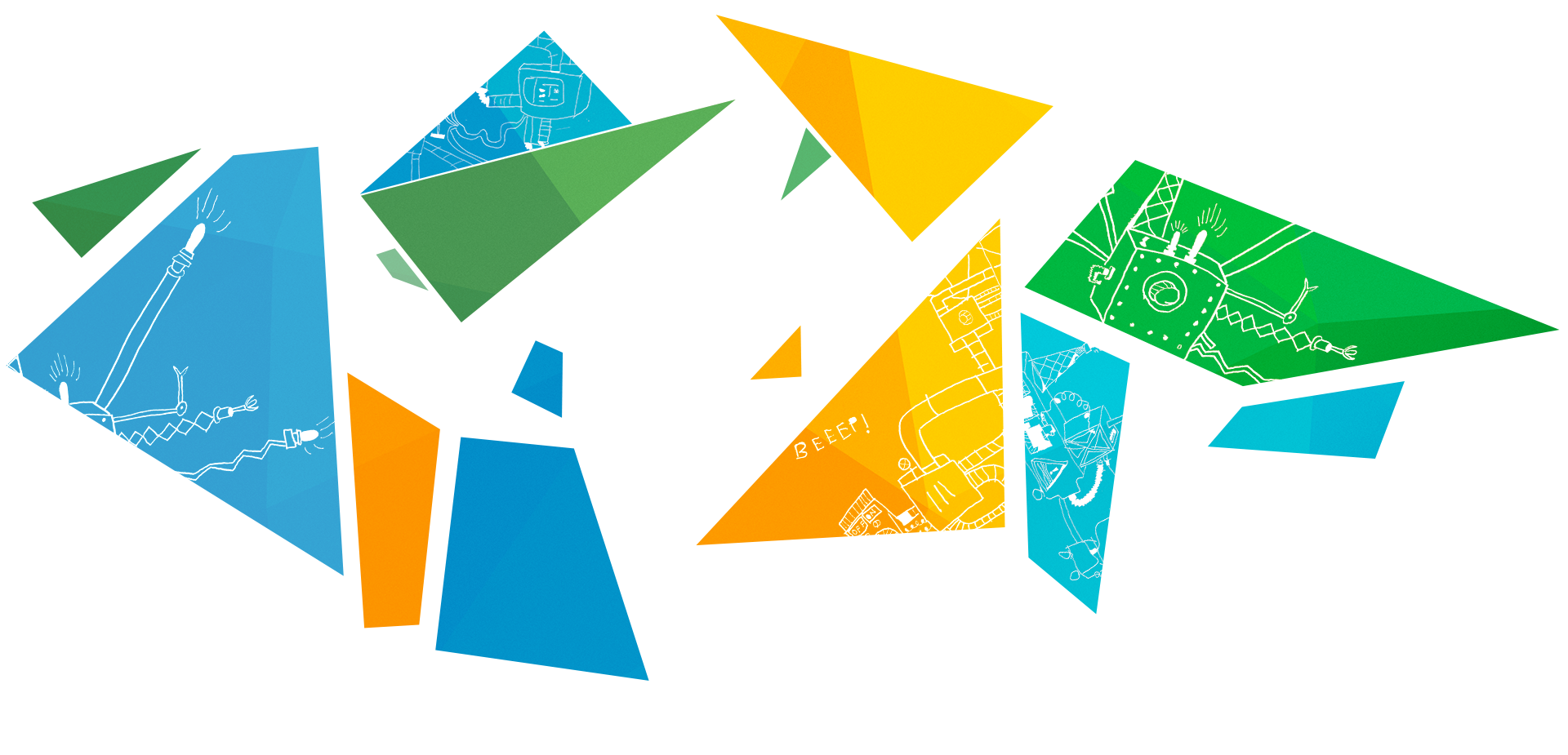Studying pond scum can lead to great things. Ask Dr. Randy Schekman, 2013 Nobel Laureate in Physiology or Medicine. When he was a young child he played with his toy microscope, studying all sorts of things, including the local pond. It led to a lifelong fascination with and involvement in microbiology. It's a fact: All the great scientific discoveries and inventions throughout history were made by someone who was once a kid!
That is what the Lawrence Hall of Science is all about: creating educational experiences, materials, tools, and opportunities to involve young people in exploring the world around them; in communicating and collaborating; in making evidence-based decisions; and ultimately in becoming the next generation of innovators, inventors, and problem solvers. This is what scientists and engineers do. And, through your support, you are helping the Hall to provide millions of students with an inspiring education in science, technology, engineering, and math — the all-important “STEM” subjects.
Here in California, a statewide study led by Hall researchers and partners showed that, even today, well into the new millennium, most students have little access to high-quality science education in elementary school. Yet by developing students' scientific interest and skills during their first six years of education, we can achieve far more success with them over the next six. That is why support for our programs is so vital.
The Hall helps educators of all kinds to inspire and foster science and math learning — parents; teachers at preschool, K–12, and afterschool organizations; scientists serving in the role of teachers and communicators with the public; and even young people acting as peer mentors to each other.
The Lawrence Hall of Science has the broadest influence of any similar organization. Considered as a whole, the Hall is estimated to reach more than 12 million K–12 students every year.

SCHOOLS
At least 20% of our nation’s K–12 students use our science education programs in their classrooms.
COMMUNITIES
Through our science center, science apps, Web resources, and the community-based programs that use our afterschool materials, we've reached an additional 2.5 million students since 2010.
COUNTRIES
Our programs are used across Europe and in Japan, the Philippines, Singapore, Thailand, South Korea, Saudi Arabia, Jordan, Bahrain, and Turkey.
Sincere thanks to all who joined us in celebrating the spirit of innovation on November 1st. This year’s Gala provided crucial funding for the Hall’s educational programs and initiatives. Thanks to your support, the Hall can continue its mission to educate, enlighten, and engage kids in science learning. Together, we can grow the next generation of innovators, science-literate workers, and informed and engaged citizens.


